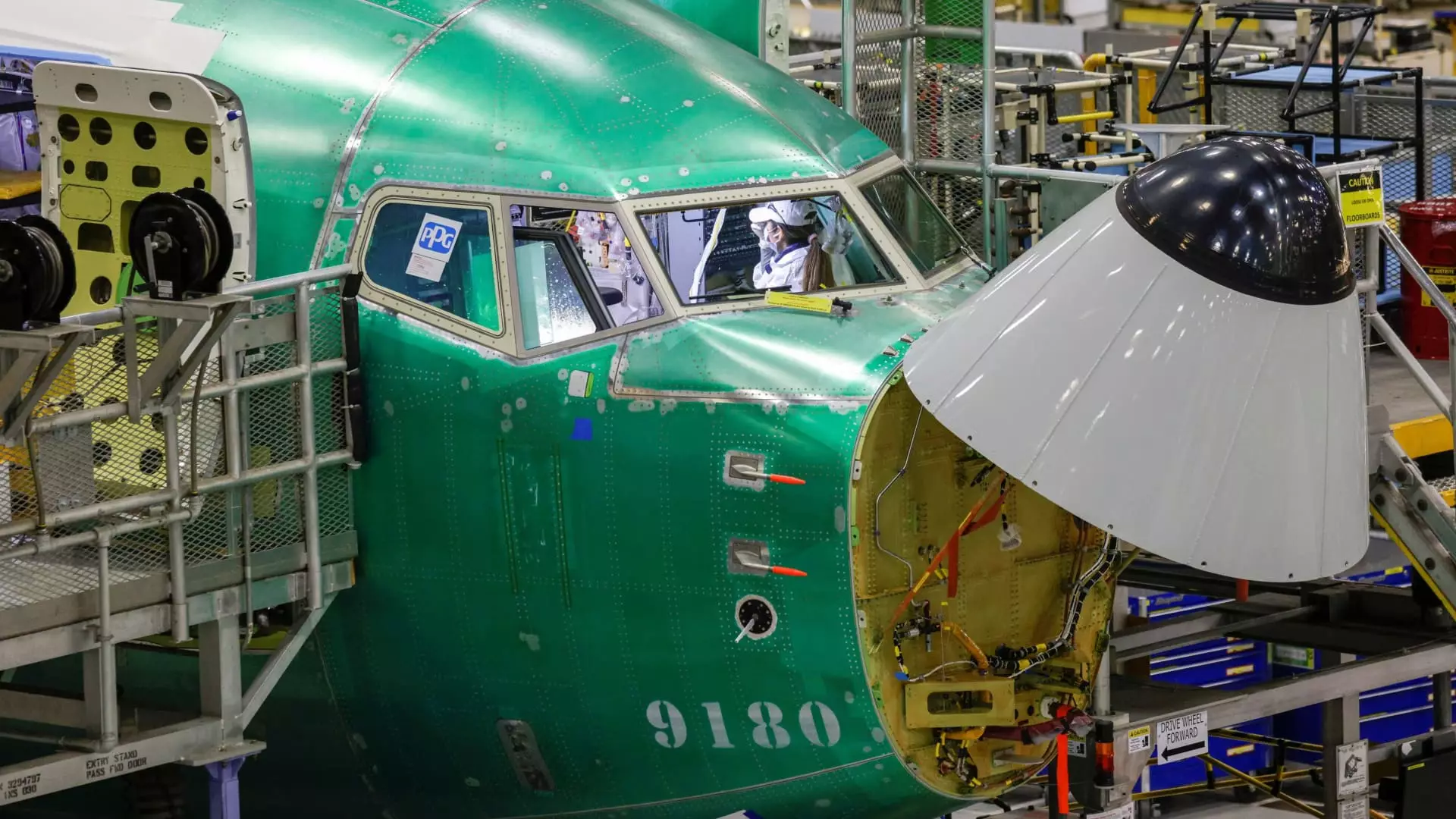After a protracted and contentious strike lasting over seven weeks, Boeing’s over 32,000 machinists are set to return to work. This resurgence is officially expected by Tuesday; however, the task of reactivating the manufacturing facilities is not an instantaneous process. Boeing’s production cycles, deeply affected by this walkout, are anticipated to take several weeks to regain momentum, according to statements from company representatives.
The strike commenced on September 13 when machinists rejected an initial pay proposal that offered a 25% increase over four years. Instead, workers rallied behind a new contract that approved a remarkable 38% pay raise alongside various enhancements. This decisive move illustrates the growing tensions within labor markets and the increasing demands for fair wages amid inflationary pressures that have impacted workers’ livelihoods nationwide. Such pay increments are not just a fleeting concession but rather a significant acknowledgment of the machinists’ roles in the success of Boeing.
The Impact on Production and Deliveries
The ramifications of the strike were evident in delivery figures. According to Boeing’s reports, the company managed to deliver only 14 jetliners in October—a concerning low seen since November 2020, indicating the profound disruption caused by labor disputes. During this period, the manufacturing output was severely stunted, especially notable considering that nine of these deliveries were 737 Maxes. The company had to rely on non-striking employees to facilitate these transactions, highlighting the discrepancy in labor engagement during turbulent times.
As machinists re-enter the factories, Boeing must confront a series of operational re-establishments. Assessing workplace hazards, clarifying machinist duties, and ensuring adherence to safety regulations have become paramount to rebooting production. CEO Kelly Ortberg has remarked on the complexity of this re-engagement, emphasizing the necessity of meticulous preparation. His insight—”It’s much harder to turn this on than it is to turn it off”—sums up the industry’s struggle with workforce fluctuations and the intricate nature of ramping up production processes post-strike.
Remarkably, despite the halt in much of its operations, Boeing reported solid sales figures in October, with 63 gross orders, only two less than September’s total. Notably, these included significant orders for the 737 Max aircraft. This ability to continue moving product during a strike situation attests to Boeing’s resilience and the strategic business decisions made prior to labor actions. Moreover, the continued production of the 787 Dreamliner in a nonunion facility during this period showcases the varying landscapes within Boeing’s operational framework.
As Boeing’s machinists gradually resume their duties, the company faces a critical moment of transformation. While the new contract marks a promising development for worker rights and relations, the challenge lies in effectively restoring a halted production chain. Boeing must navigate these hurdles with care to ensure that it can meet its commitments both to its employees and its clients in the competitive aerospace market. The next few weeks will be vital, serving as a litmus test for the company’s operational capabilities and the strength of its labor negotiations.

